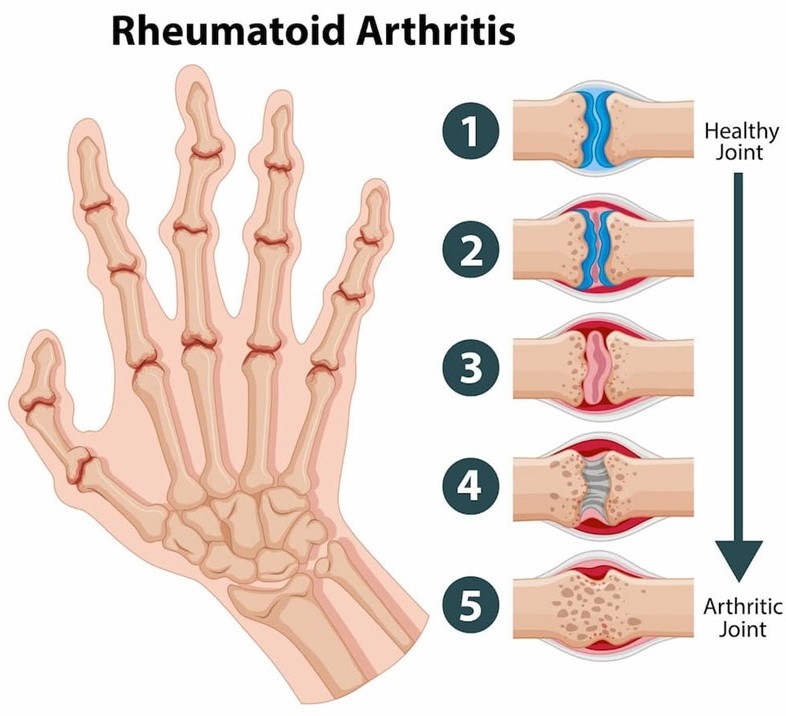PATHOPHYSIOLOGY
1. Mutation in genes: The major histopathological feature of PD is the presence of LBs (Lewy Bodies), described as intracellular cytoplasmic aggregates composed of proteins, lipids, and other materials.
In patients with PD, LBs are found in dopaminergic neurons in the substantia niagra.
Gene mutations involving the alpha-synuclein (αSyn) protein have been found to form LBs.
The formation of LBs occurs due to the misfolded forms of ubiquitin proteins, which are involved in protein recycling. The accumulation of these proteins occurs due to the malfunctioning of the ubiquitin proteasome system (UPS). The LBs appear to play a role in the neurodegeneration that is characteristic of PD. Lesions in the nigrostriatal region contribute to the common motor features of PD.
LBs are also associated with the dementia of PD.
2. Mitochondrial dysfunction: The involvement of inflammation in the pathogenesis of PD- Mitochondrial dysfunction and oxidative stress result in the production of ROS which causes neuroinflammation by the activation of microglia and astrocytes. ROS results in the release of cytochrome c from mitochondria, which initiates apoptosis.
CLINICAL FEATURES-
Motor Symptoms
- Bradykinesia- Slowness of movement
- Rigidity- Resistance to passive movement. Often accompanied by “cogwheel” phenomenon.
- Tremors at rest
- Postural instability- Predisposes patients to falls and injuries.
Nonmotor Symptoms
- Autonomic Dysfunction-
Constipation
Sexual dysfunction
Sweating
Urinary retention
- Neuropsychiatric Symptoms-
Dementia
Psychiatric disturbances
Cognitive dysfunction - Sensory Symptoms-
Olfactory dysfunction
Pain - Sleep Disturbance
- Fatigue and Weight loss








